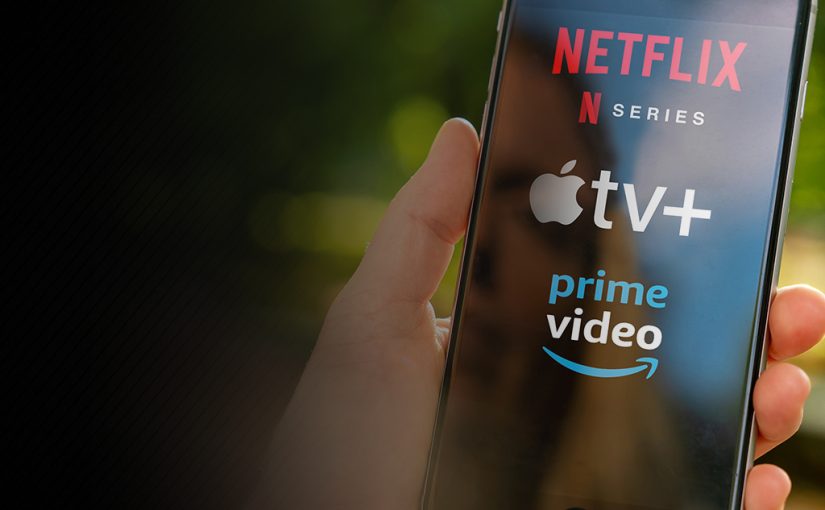- Maintaining a routine and professional environment can help you stay on task.
- When external motivations are removed, it’s important to set up internal incentives for productivity.
- Avoid overworking by taking breaks and setting a schedule.
As people are now working from home due to the COVID-19 pandemic, many are discovering both the joys and frustrations of re- mote work. Some are finding that they’re more productive; others, less. Some are enjoying a sense of freedom, while others desper- ately miss their office and coworkers. Either way, it can be hard to stay motivated. If you find yourself procrastinating a lot or distracted by social media, you might need a crash course in motivational science. Most people work differently — and perhaps less effectively — when they’re not used to their environment. Here’s how to boost your motivation and get things done while working remotely.
Maintain a Morning Routine
Humans are creatures of habit. While you may enjoy that extra hour of sleep now that you don’t have to commute, it may be hurting your productivity. Taking the time to rise early, brush your teeth, and get dressed helps establish a boundary between work and the rest of your life. If you simply roll out of bed and start working, you’re obliterating that boundary. Instead, try to simulate the routine you’d have if you were going into the office to work. Take the time to get ready in the morning, and take a lunch break as you normally would. Having this personal discipline helps you maintain focus, which is key for motivation.
Treat Your Home Office Like An Office

Many people are tempted to work from their couch or in their pajamas. While that may be comfortable, it’s not conducive to your motivation. Think about it: Those are things that you do to relax, and your brain and body know it. No one feels motivated to work while lounging. Instead, put on professional clothing and establish a home office. If you don’t have a separate room to use, that’s okay: Take over one end of the dining table or set up a card table, then use that as your “office.” Again, humans get accustomed to their environ- ment, so it’s much easier to stay on task if you have a dedicated workspace where you can get into that mode.
Take Breaks
Studies show that remote workers tend to work longer hours. That makes sense, because they don’t need to commute and they’re less distracted by coworkers. What those studies don’t always reveal is that remote workers also work more hours. When there are no meetings or water-cooler conversations to take you away from your desk, it’s easy to overwork. That’s why many remote workers drift into workaholism. To avoid this, take plenty of breaks. The Pomodoro Technique is a great way to keep your mind sharp and help you stay motivated. Here’s how it works: You work for 25 minutes straight, with no multi-tasking or distractions. Then, you take a 5-minute break to stretch, go for a quick walk, pet your cat, or whatever non-work thing you’d like. Science says that the human brain can’t sustain fo- cus for much longer than 25 minutes at a time. By taking a quick break to recharge, you can stay motivated to get your project done. Plus, you’re less likely to be distracted by email or social media when you know that you can check it on your 5-minute break.
Create a Reward System
As the kids say, “Treat yo’self.” Rewards are a powerful source of motivation and a cornerstone of work psychology for decades. Our brains release dopamine when we achieve something, and we can incentivize our productivity with a dopamine boost. If you’re struggling to stay on task, decide what “office perks” you’ll give yourself. Did you meet a deadline? You can have a cup of coffee or a quick game on your phone. Try logging your daily goals in your planner or notebook and assigning a reward to each one. If you complete your tasks, you can have a cookie. This system works especially well for remote workers who may have few external incentives (e.g. a boss cruising by your desk every hour).
Stay in Touch with Coworkers

With a plethora of virtual communication tools, there’s no excuse to not talk to your coworkers. Loneliness is the number one reason that remote workers cite as a reason they miss a regular office environment. And loneliness can be highly distracting. Plus, your coworkers are a source of motivation. You get inspired by chats with them, and you get things done in preparation for your meetings with them.
Without them being physically around, these incentives fade away. Keeping in touch through tools such as Skype and Slack can help. Establish regular check-ins to help ward off loneliness and boost your inspiration. You can even use your 5-minute breaks to send a quick message to a coworker. Being social goes a long way toward being productive.
Wrapping Up
Remote work often presents a distracting, disorienting environment. By following the above tips, you can take charge of your productivity and ward off distractions. Having a structured routine and a sense of connection to your coworkers can boost your motivation. Once you strike this balance, you’ll feel much more ready to conquer your to-do list.

















